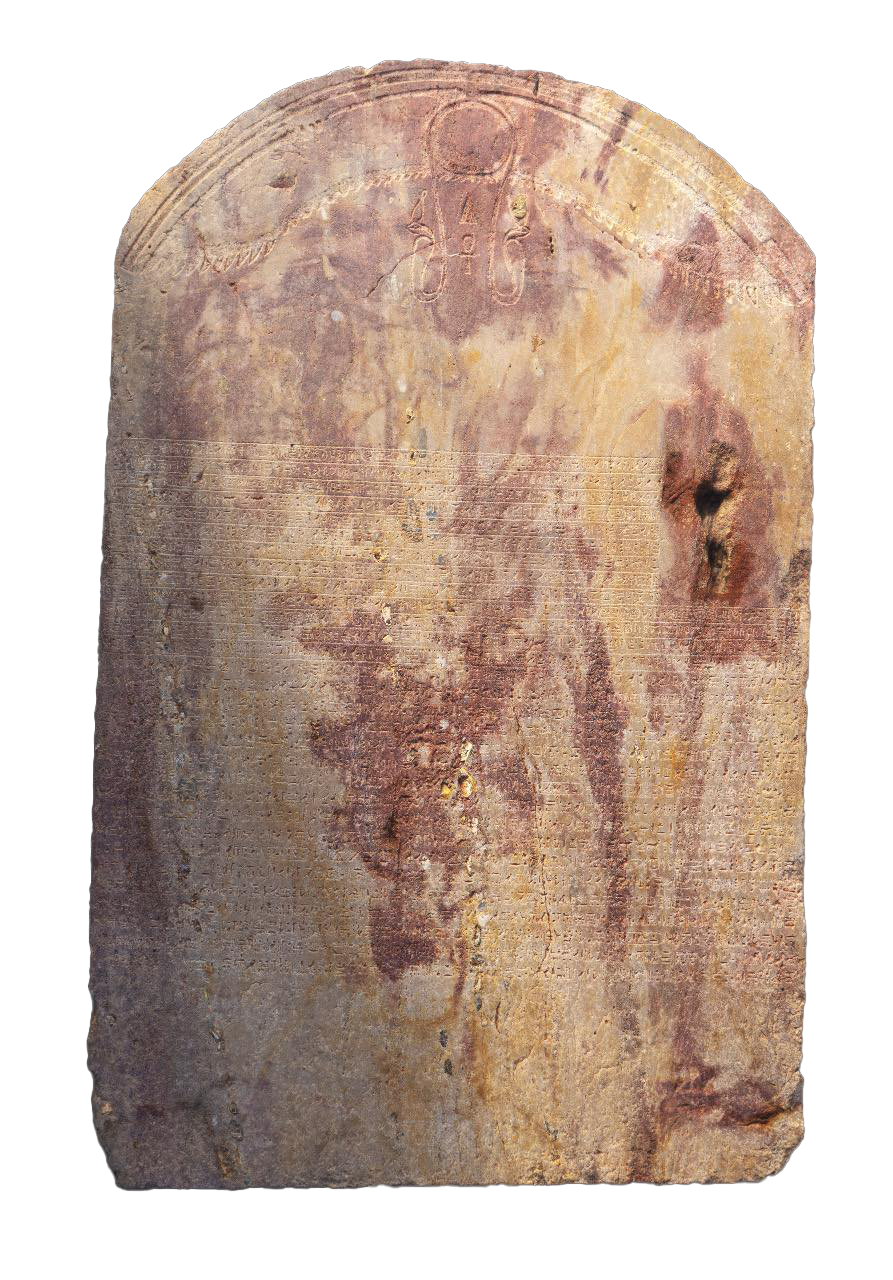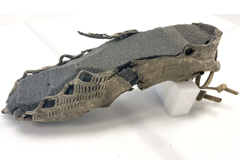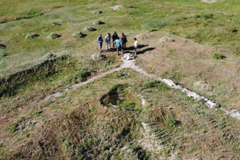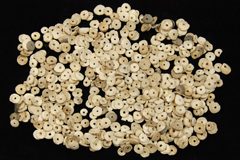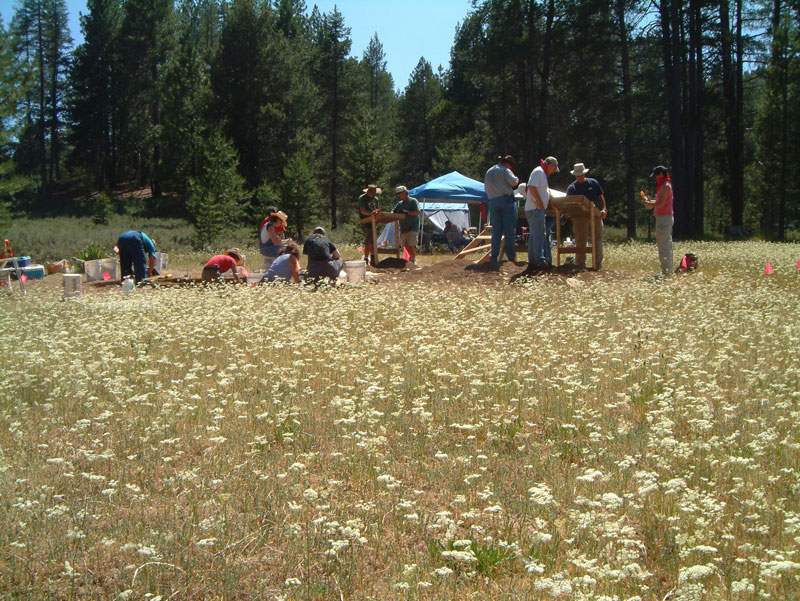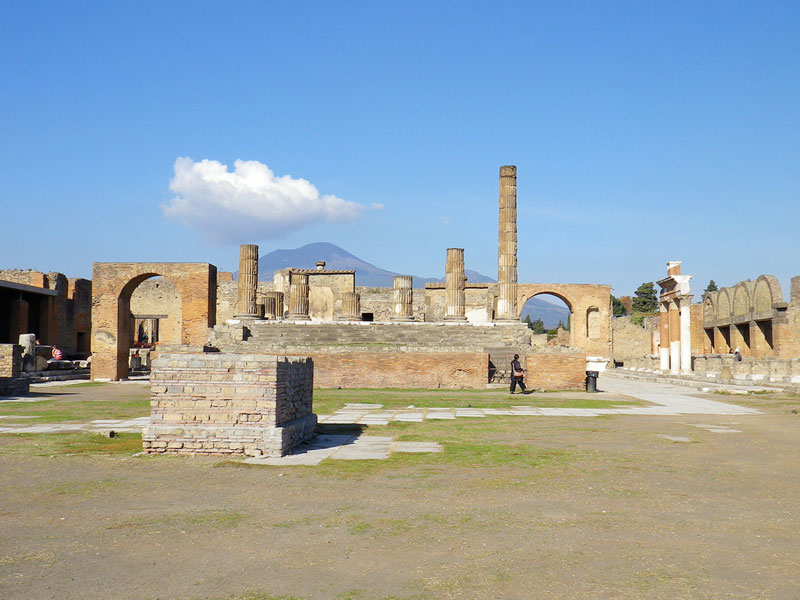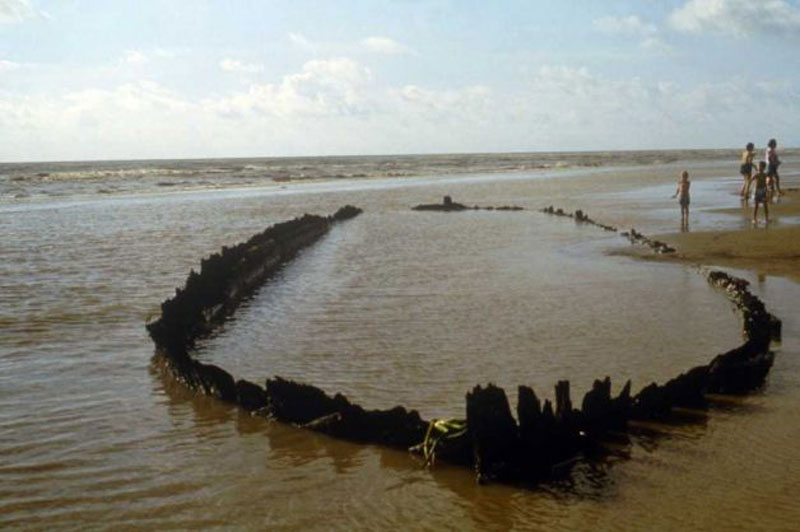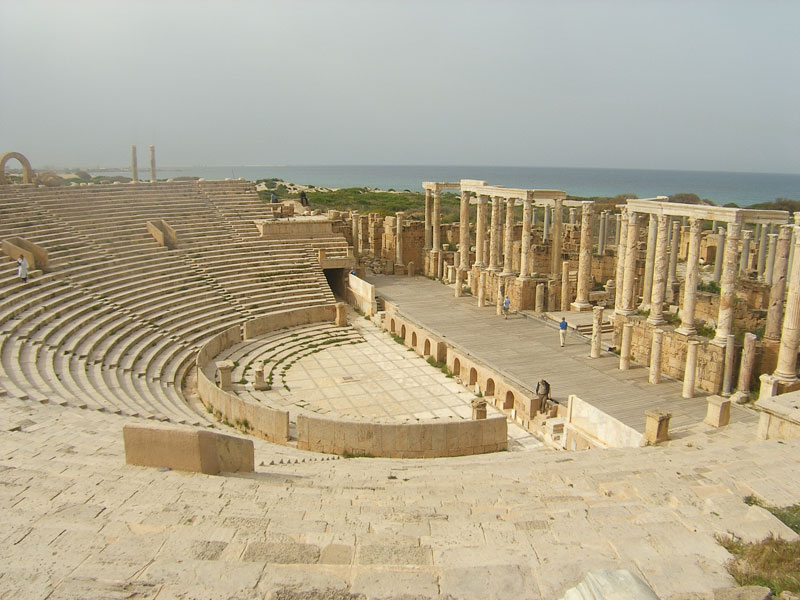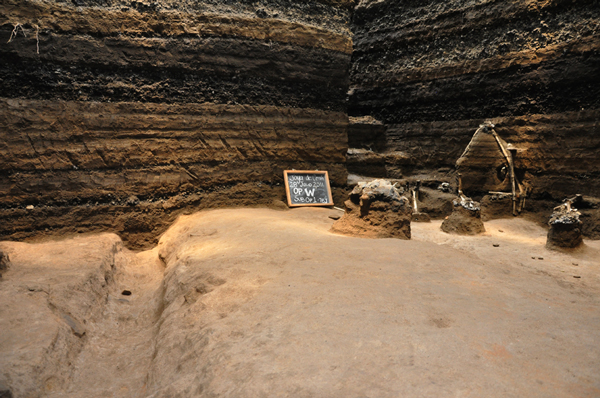
EL SALVADOR

EL SALVADOR: Under 17 feet of volcanic ash at the ancient Maya city of Ceren, archaeologists have discovered a raised road called a sacbe. Usually these roads, connecting temples, plazas, or towns, were lined with stone, but this one, which probably led to two ceremonial buildings nearby, was not. In the absence of the stones, the rapid burial by the eruption of the Loma Caldera volcano helped keep it intact for identification.

SPACE

SPACE: One of the next frontiers for archaeology is out of this world. Scientists in England are attempting to contact Prospero, a satellite launched in 1971, to see how its circuits have held up. First, they have had to rummage for the satellite's communications codes and build custom equipment, and now they are attempting to make contact by sending a simple signal. NASA has also begun drafting guidelines to protect three dozen lunar sites, including the Apollo 11 and 17 landing sites. The guidelines could include ground-level boundaries and no-fly zones—for when private spaceships (and even tourists) start arriving.
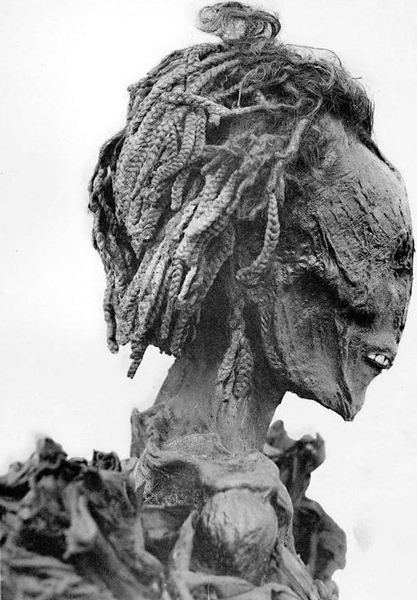
EGYPT

EGYPT: An analysis of 15 mummy hair samples shows just how important styling was more than 2,000 years ago. To understand how the complex hairdos were achieved and maintained after death, scientists studied coatings on the hair with electron microscopy and gas chromatography-mass spectrometry. They found that the ancient Egyptians used a kind of fatty hair gel to keep their hair coiffed in both life and the afterlife. The absence of embalming materials in the hair suggests that it was covered during mummification.
Related Content

NORWAY

NORWAY: As glaciers recede, hundreds of artifacts are discovered each year. One of the latest finds was a men's tunic or coat that emerged from a glacier in Breheimen National Park. Dating to the 4th century A.D., the wool garment—made with an advanced technique called diamond twill—is one of very few known from this period in Europe. Without close attention, many of the artifacts that emerge from melting ice will be lost—decomposed or washed away—before they can be studied.
Related Content

KENYA

KENYA: From the banks of Lake Turkana archaeologists have excavated what they believe are the oldest "advanced" stone tools yet discovered. At 1.78 million years old, the handaxes are the oldest known examples of Acheulean tools, probably made by Homo erectus, and predate other examples by 300,000 years. Compared with older, cruder stone tools, the handaxes are heavier and have sharp edges for butchering, scraping, and smashing. The find raises interesting questions about which early humans first left Africa and what tool technologies they took with them.
LOUISIANA
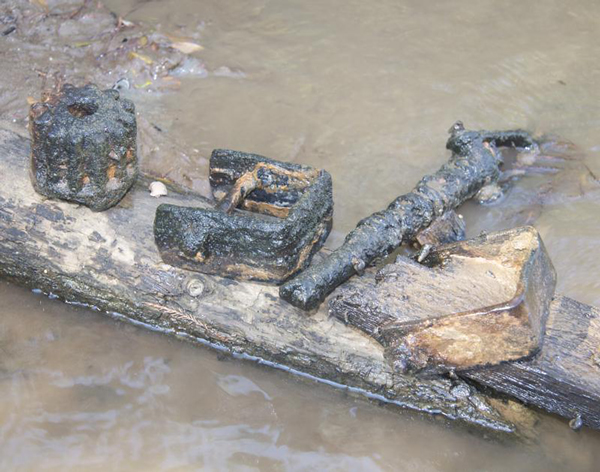
LOUISIANA: In the time before bridges made the bayou more accessible, small rafts and cable ferries were the only path into the swamps and between plantations. Now, in a few tarred wooden platforms and some rusted gearwork, a river guide might have located the remains of Vester's Crossing, one of the last cable ferries—a boat pulled back and forth via cable—in the area. The site may become part of a heritage paddle trail.
Related Content
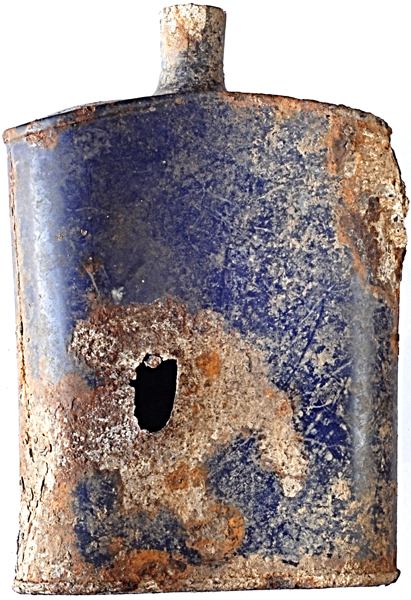
TURKEY

TURKEY: On the Gallipoli battlefield of World War I, where Allied armies, including soldiers from Australia and New Zealand called Anzacs, were defeated by Ottoman forces, archaeological surveys have revealed some of the battlefield conditions, which historical sources state were quite dreadful. In particular, it appears the Anzacs were eating canned or stale food, while the Turkish forces had frontline kitchens, suggesting they had access to hot meals. Other artifacts found include water bottles with bullet holes in them, fragments of barbed wire, and expended ammunition.
Related Content

NEW YORK

NEW YORK: During demolition at what was once Bellevue Hospital Medical College, a 15-pound metal box, sealed on November 14, 1897, was discovered. Among student registries and notebooks found in the time capsule was a vial containing spores of Clostridium perfringens, bacteria that live in the intestine. Bacteriologist Edward Dunham included them so future generations could check if they were still viable. They weren't, but doctors today might be able to observe how bacteria have changed since the introduction of antibiotics in the late 1920s.
Related Content
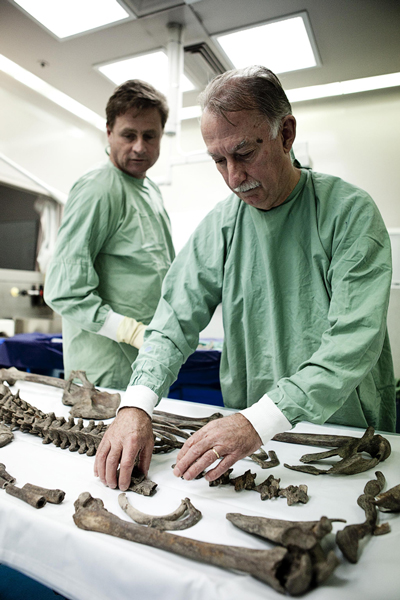
AUSTRALIA

AUSTRALIA: Hanged for the murder of three policemen 131 years ago, Ned Kelly—the country's most notorious bushranger and outlaw—is considered both folk hero and killer. He robbed banks, wore homemade armor to his final confrontation with police, and reflected the tension between poor Irish settlers and the wealthy Anglo elite. Following his execution, Kelly was buried in a mass grave. Forensic scientists, ending decades of speculation, have identified his bones by comparing DNA with a descendant's. But his skull, perhaps separated as a souvenir, remains at large.
Related Content

CALIFORNIA

CALIFORNIA: Over 7,500 years, the skulls of the Chumash people and those of their ancestors gradually shrank. Scientists think that these people, who inhabited coastal California for over 10,000 years, might have suffered a long-term health decline and growth impairment from exposure to polycyclic aromatic hydrocarbons (PAHs), common pollutants found in oil and coal. The Chumash had extensive and increasing exposure to PAHs through tar, which they used to seal baskets and canoes, applied to the body as medicine, and even chewed like gum.


